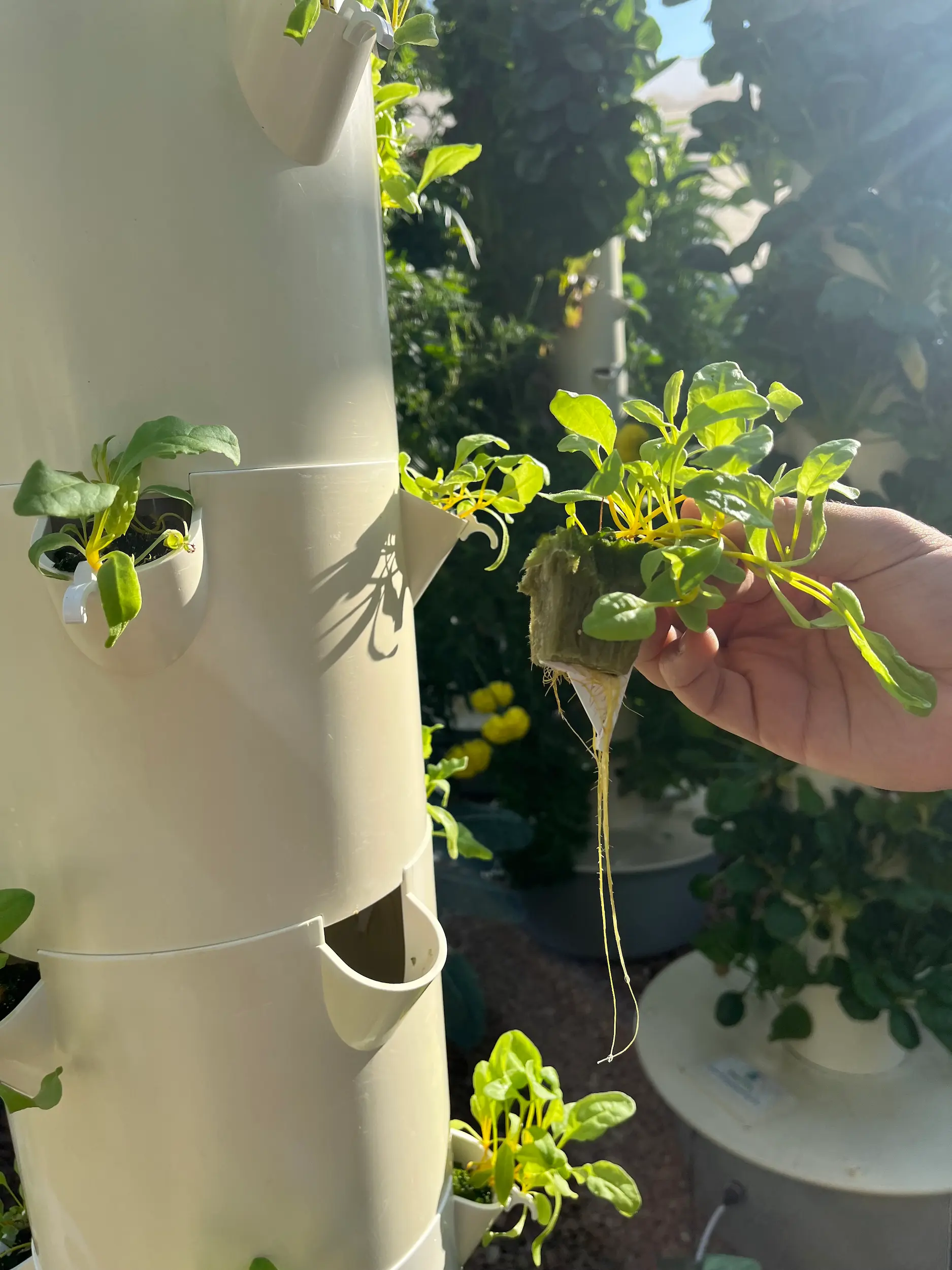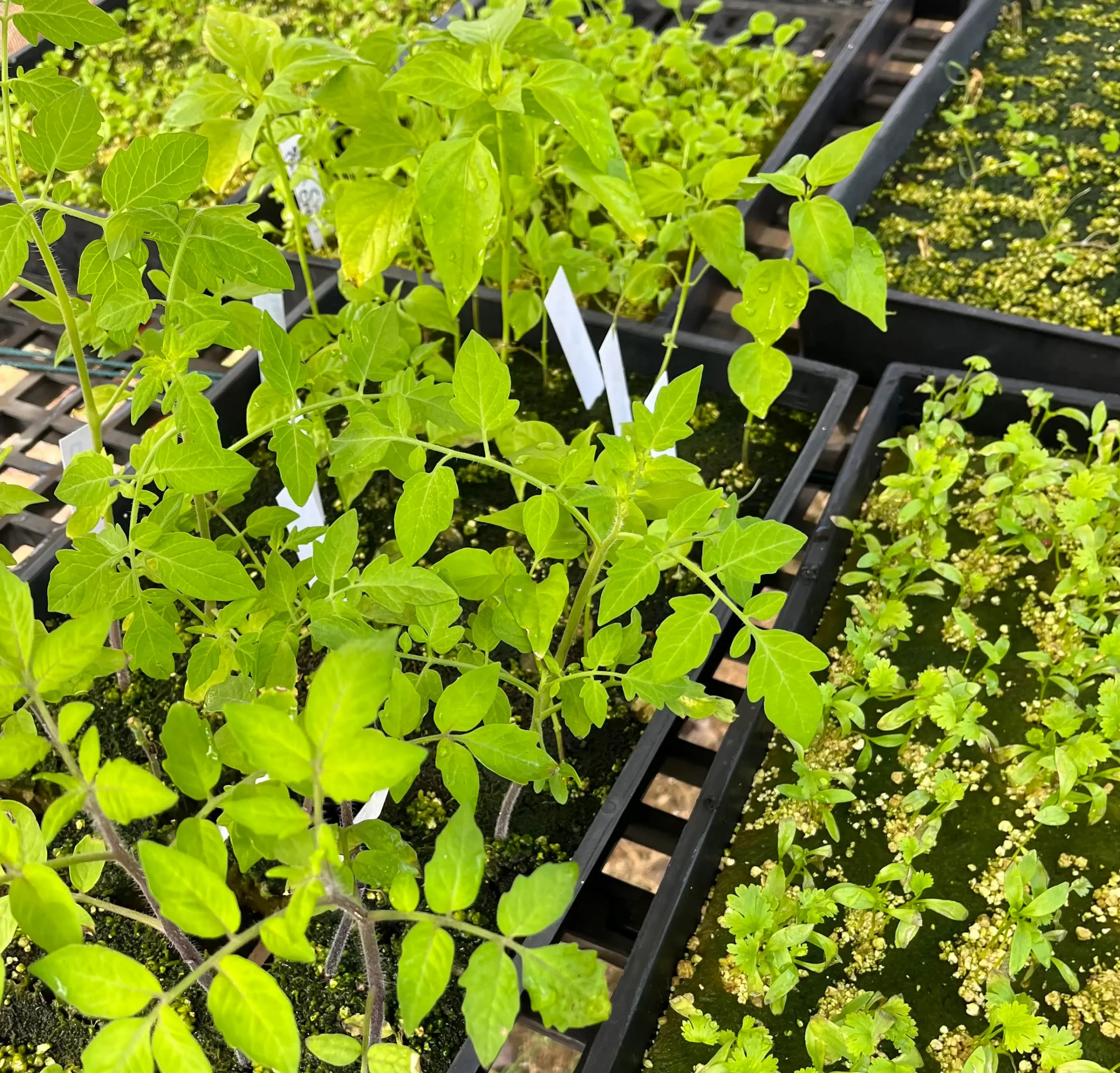It is a relatively new technique that has gained popularity in recent years due to its ability to grow plants faster and with less water than traditional methods. While aeroponic farming shares some similarities with hydroponic farming, there are significant differences between the two methods.
Hydroponic farming is a method of growing plants in a nutrient-rich water solution without soil. The roots of the plants are immersed in the nutrient solution, and an air pump is used to provide oxygen to the roots. In hydroponic farming, the plants are grown in containers or growing trays with a growing medium, such as peat moss, perlite, or coconut coir. The growing medium provides support for the plants and helps to maintain a moist environment around the roots.
Aeroponic farming, on the other hand, does not use a growing medium. Instead, the plants are suspended in the air, and their roots are exposed to a fine mist or fog of nutrient solution. The roots of the plants are suspended in the air, which allows for increased oxygenation and nutrient absorption. Aeroponic farming uses a closed-loop system that recirculates the nutrient solution, which reduces water usage and eliminates the need for soil.
One of the main advantages of aeroponic farming over hydroponic farming is the increased oxygenation of the plant roots. In hydroponic farming, the roots are submerged in water, which can lead to a lack of oxygen and root rot. With aeroponic farming, the roots are exposed to air, which allows for better oxygenation and nutrient absorption.
Another advantage of aeroponic farming is the ability to grow plants faster and with less water than traditional methods. Aeroponic farming uses a misting system to deliver nutrients directly to the roots, which allows for more efficient nutrient absorption. Additionally, since the system is closed-loop, the water usage is significantly reduced, making it a more sustainable and eco-friendly option.
Aeroponic farming also has the potential to be more space-efficient than traditional farming methods. Since the plants are suspended in the air, they can be stacked vertically, which allows for more plants to be grown in a smaller space. This makes it a good option for urban farming or indoor farming.
However, there are some disadvantages to aeroponic farming as well. The misting system used in aeroponic farming can be expensive and requires regular maintenance to ensure that the nozzles are working properly. Additionally, since the roots are exposed to the air, they can dry out quickly if the misting system malfunctions or if the humidity levels are not properly maintained.
Aeroponic farming is a relatively new and innovative farming technique that offers many advantages over traditional farming methods. While it shares some similarities with hydroponic farming, the lack of a growing medium and increased oxygenation of the roots make it a unique and promising option for sustainable agriculture. As technology continues to evolve, it is likely that aeroponic farming will become more widespread and accessible, making it a valuable tool for feeding a growing global population.


